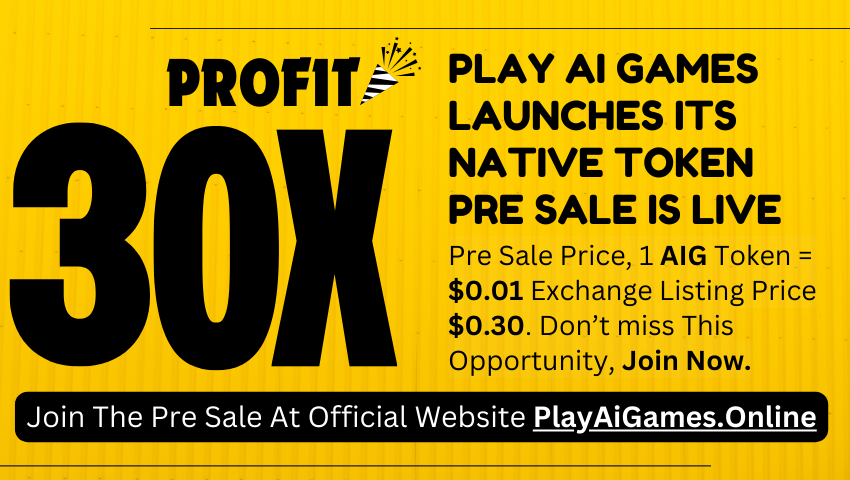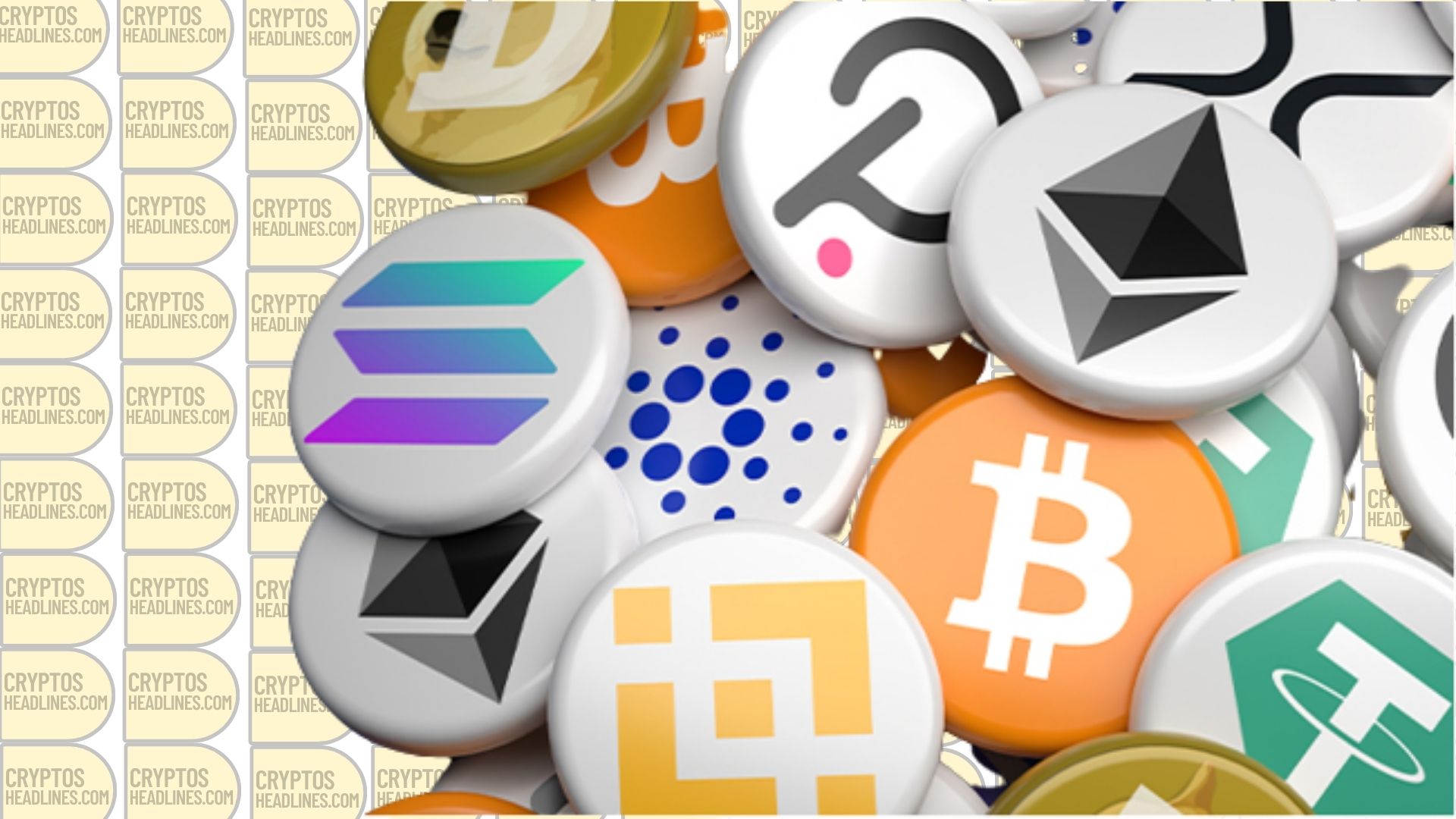Meeting ISO 20022 standards can open the door for cryptocurrencies to be used with major financial services like Visa and MasterCard. To be considered legitimate by ISO, cryptocurrencies must follow global financial system rules and have compatible ISO codes.
Ripple (XRP): Linking Traditional Finance and Cryptocurrency
Ripple (XRP) goes beyond just being a cryptocurrency. It’s a digital payment system with a mission to transform global financial transactions. Unlike traditional blockchains that rely on energy-intensive mining, Ripple uses the Ripple Protocol Consensus Algorithm (RPCA) for fast transactions. It’s designed to speed up real-time cross-border payments and acts as a bridge currency, making it easier to exchange different fiat currencies. Ripple’s global payment network, RippleNet, is bringing banks and payment providers together for quick and secure international transactions.
Although Ripple faces regulatory issues, its goal is clear: to revolutionize cross-border payments.
Stellar (XLM): Illuminating Global Financial Inclusion
Born from the Ripple protocol, Stellar (XLM) aims to make financial systems worldwide more affordable and accessible. Stellar uses a special consensus algorithm called the Stellar Consensus Protocol (SCP) for fast transaction confirmations, avoiding the resource-intensive mining process seen in traditional blockchains. Lumens (XLM), Stellar’s native cryptocurrency, acts as a bridge asset, making cross-border transactions and value exchanges more straightforward. However, Stellar’s mission goes beyond payments; it’s designed to promote financial inclusivity, serving areas with limited access, remittances, and tokenized assets.
Hedera (HBAR): Advancing Beyond Blockchain with Hashgraph
Hedera Hashgraph (HBAR) operates on a decentralized public network using a unique consensus mechanism called Hashgraph. This approach differs from traditional blockchains, offering better scalability and security. HBAR, its native digital asset, serves various purposes like transaction fees, staking, and consensus participation. Hedera’s model blends decentralization with governance from an enterprise council, making it an attractive option for businesses exploring decentralized applications.
IOTA (MIOTA): Picturing a Decentralized Future Centered on IoT
IOTA (MIOTA) is all about the Internet of Things (IoT). It’s different from regular blockchains because it uses the Tangle, which is like a directed acyclic graph (DAG). This setup makes it easy to handle lots of small transactions without any fees, which is perfect for IoT. Although IOTA has faced some development issues, it’s still a leader in creating decentralized solutions for IoT.
Cardano (ADA): Combining Research and Blockchain Progress
Cardano (ADA) is more than a regular blockchain; it’s a result of in-depth research in decentralized applications. It’s designed for scalability, compatibility, and sustainability, offering a two-layer platform for cryptocurrency transactions and smart contracts. It uses a proof-of-stake consensus algorithm called Ouroboros, which focuses on network security and energy efficiency. This makes ADA a versatile asset in its ecosystem. Cardano stands out with its academic-backed approach as it strives for a more scalable and inclusive blockchain.
Important: Please note that this article is only meant to provide information and should not be taken as legal, tax, investment, financial, or any other type of advice.
Join Cryptos Headlines Community
Follow Cryptos Headlines on Google News









